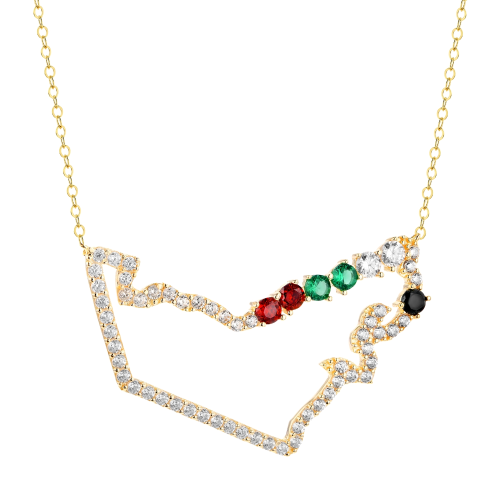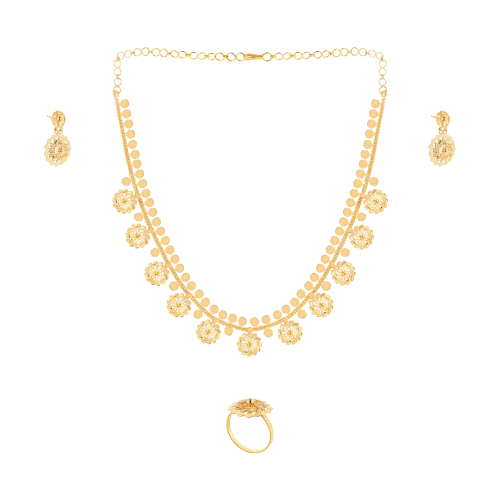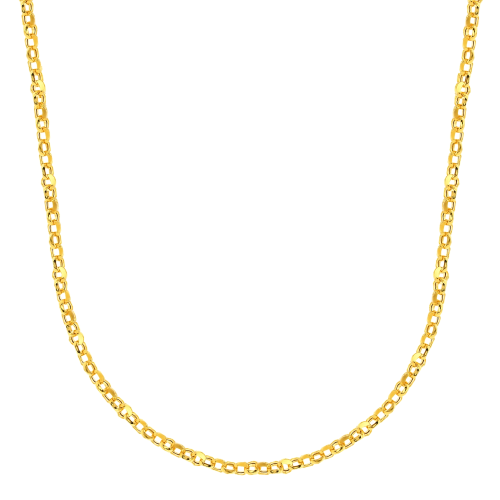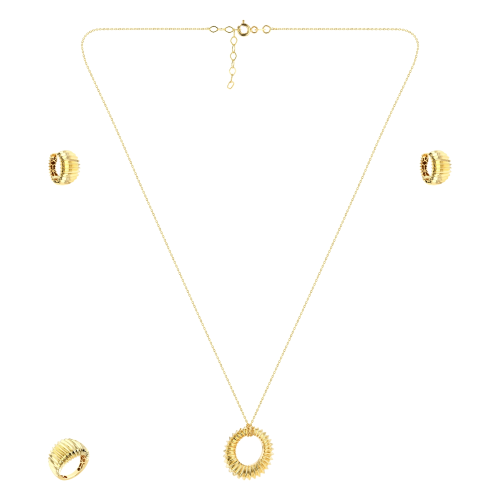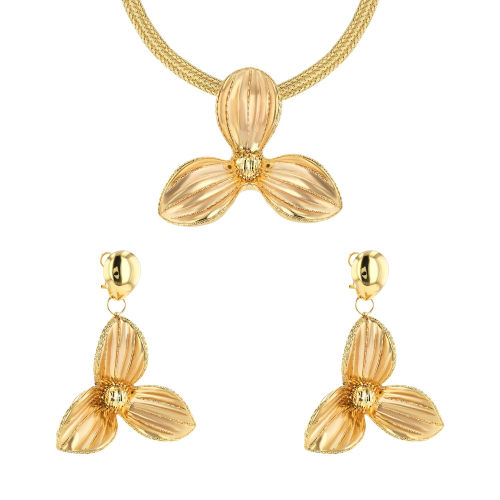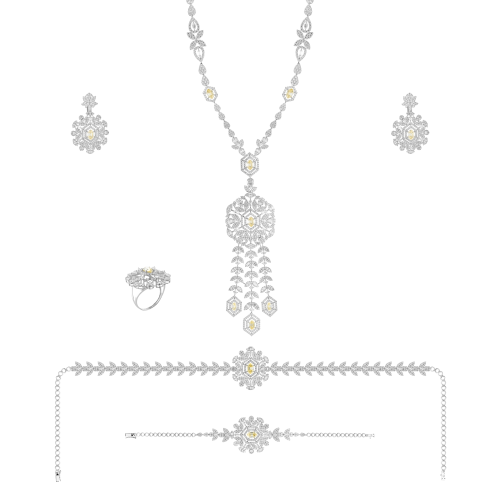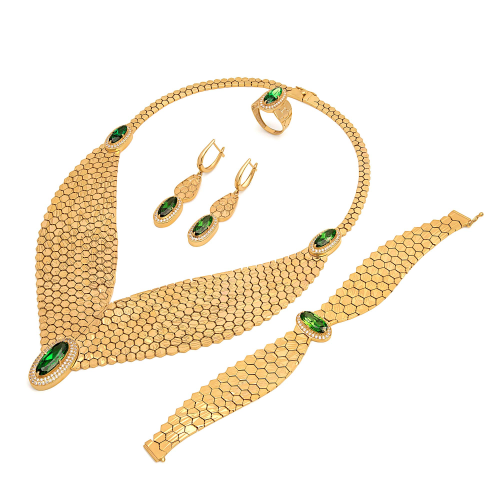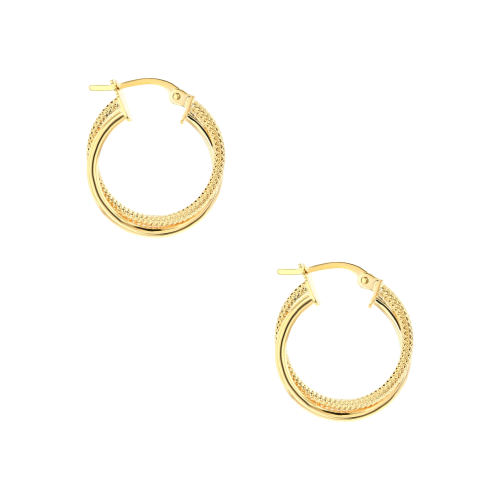Guide to Gold Jewellery Production
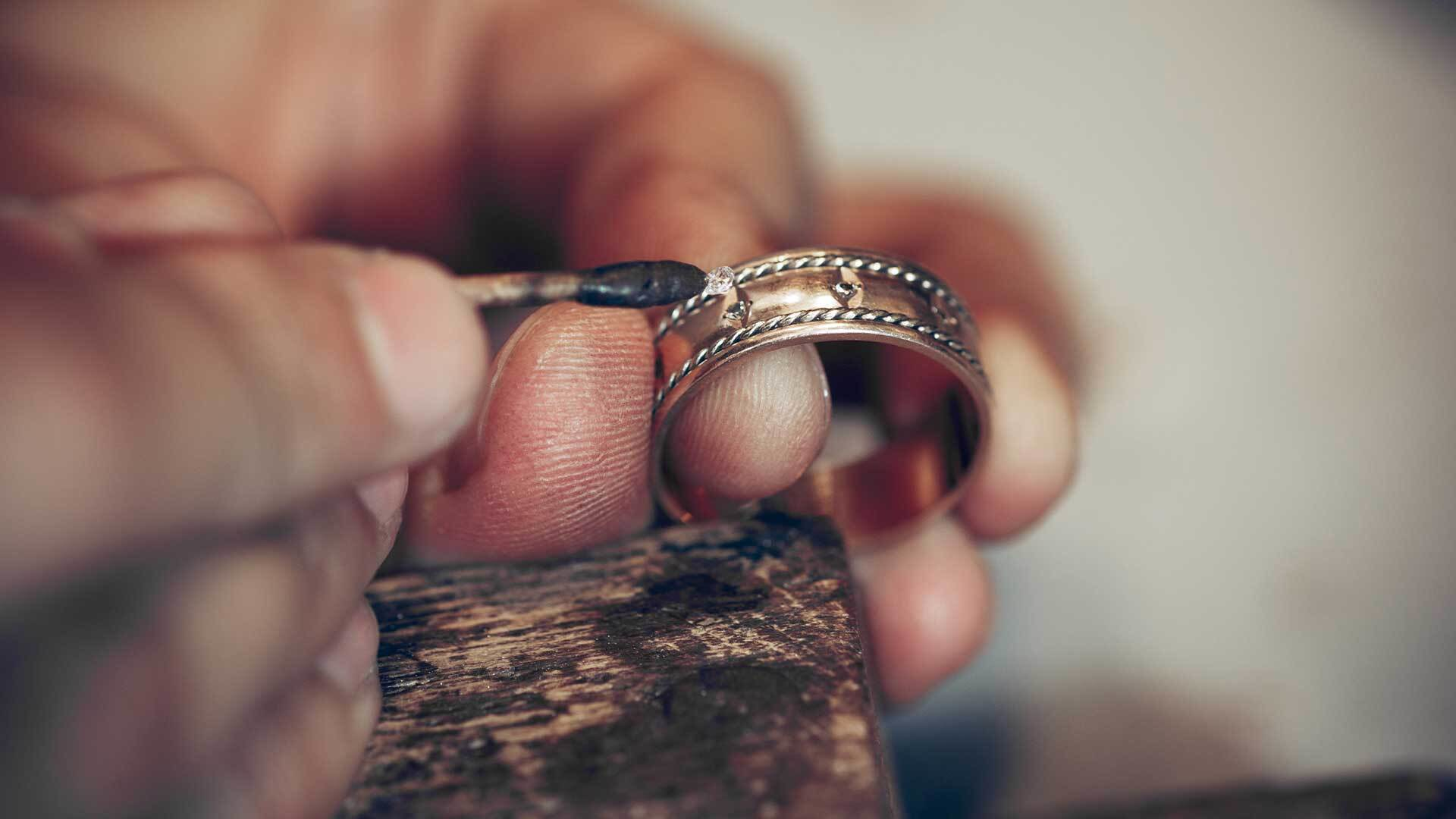
Gold is a priceless metal dating as far back as 3500 BC. It is known for its lustrous appearance and high value. Its unique capacities have always captivated mankind for ages. It is a very malleable and ductile metal that can be used for a variety of purposes, such as running electricity through the motherboard of your computer or powering satellites sent into space. However, when we as a race learned it could be used in jewellery, we hit the jackpot. Since then, there has been no going back, gold is the poster boy of jewellery. The majority of people think of yellow gold when they think about gold jewellery. And many of them wrongly believe that yellow gold is purer than white or rose gold because of its colour. In fact, the amount of pure gold in 18 karats of yellow gold is similar to that in 18 karats of white gold or rose gold. Because this particular gold alloy also contains copper, zinc, and silver, which allows it to maintain its distinctive golden hue.
In the past, all the metals used to make jewellery including gold were moulded by hand, and the gemstones were painstakingly set into their clasps. However, thanks to technological advancements, jewellers today have access to a variety of advanced machinery that enables them to create gold jewellery more quickly.
From Mines to Beautiful Gold Jewellery
Normally, gold is found in its purest form, also referred to as 24-karat gold. However, it is too delicate in this state and harder to be used for jewellery manufacturing. Therefore, gold jewellery of 24K is very rare. Typically, an 18 or 21-karat gold alloy is used. It is referred to as white gold if we add nickel or silver to the gold alloy, such as wedding bands that frequently come in white gold. In addition, gold used in jewellery can be extracted from specific other metals like zinc, silver, copper, and lead.
Other alternative ways to acquire gold for jewellery are placer deposits and lode or vein deposits. It is also extremely important to mention that understanding the type of deposit will determine the mining technique utilized to extract the gold.
Following its extraction, this gold is refined. There are several methods of refining including carbon-in-pulp, amalgamation, cyanidation, and flotation. Although more than one procedure can be used, typically only one of these four processes is enough for refining. The introductory grinding of the gold ore is essential to the procedure. Following all of this, skilled artisans smelt the gold into exquisite designs to create beautiful gold necklaces, pendants, earrings and other gold jewellery pieces. More precisely, gold manufacturing methods can be divided into the following:
- Gold Casting
Gold casting is a famous gold jewellery manufacturing method that refers to the use of CAD software used to design the wax model by a 3D printer. First, a mould with the desired jewellery design is made. The mould should be filled with hot liquid wax, which ultimately cools and hardens. Continuously, the jewellery is then revealed in wax once it is removed from the mould. The next step is known as investment casting. During this step, plaster should be added to the furnace before the wax jewellery is heated. Then, the wax jewellery should be removed by the furnace's heat, leaving the plaster hollow that has become solid. The cavity is then filled with molten gold and immediately cooled. When the gold castings are polished, we'll have a stunning piece of jewellery made of gold.
- Die Striking
Die striking is used for creating Lightweight, delicate gold jewellery. It is quickly completed by shaping thin sheets of the priceless metal using large dies that have already been imprinted with a picture or text. A hole punch and die striking are similar. As an example of gold jewellery made by die striking, we can find an 18-karat gold ring or gold antique lockets.
- ELECTROFORMING
This method involves making wax copies and covering them in a thin, electrically charged metal coating. The copies are then placed in a liquid that has been electrically charged and contains small amounts of precious metal. These particles stick to the wax copies in multiple layers. A tiny hole in the stiff precious metal shell allows the wax to melt and escape. As a result, hollow jewellery is produced that is unexpectedly large, bold, light, durable, and pleasant.
- Hand Made
Despite the fact that there are several advanced machineries for gold jewellery production, handmade gold jewellery is still quite unique. Gold must be carefully heated until it becomes a block that can be slowly moulded.
The precious metal is then transferred to an iron wheel, where it is rolled into sheets or wires that will eventually form the different parts of the jewellery piece.
In the next step, the clasps that will hold the gemstone will be created, as well as the base of the jewellery. When all components of the jewellery item have been made, it should all be soldered.
Continuously, in order to get rid of any debris from difficult-to-reach areas, the jewellery should be polished and cleaned. Then, each gemstone will be precisely put into its clasp by a setter. The final quality of a piece of hand-crafted jewellery is entirely dependent on the talents of the artisan who made it.
The Difference between Gold Jewellery Manufacturing and Other Metals
Working with gold is not as different from other metals as you may think. Jewellers often begin by practising on copper, then move on to silver, and finally, begin working with gold. Prior to working with precious metals, it is advised to experiment with more cheap metals to enhance manufacturing skills.
Gold can be soldered in the same manner as other metals, and it may even be simpler than silver! However, a larger torch, such as the Go System Pro Torch, a liquid flux, such as Auflux, and a charcoal block are necessary to place the gold piece. A useful tip is to wind some binding wire several times around the sides of the charcoal block because they can deform in the heat, and this makes them endure longer.
